The Galapagos Islands are home to a diverse array of species, many of which are endemic to the archipelago. Despite several conservation efforts and protection initiatives, this unique ecosystem faces ongoing, substantial threats. The Galapagos Islands and its marine ecosystem are currently facing many serious issues like climate change, plastic pollution and illegal fishing.
In May of 2023, Ecuador accomplished something very important. The government made a special environmental deal, where a big part of the country’s debt was exchanged for a legal commitment to help with Galapagos Islands conservation.
Another One-Of-A-Kind Feature for The Galapagos Islands
The news went all around the world and made Ecuador a pioneer in these types of environmental deals.
In the past, countries like Belize and Barbados have been successful with similar nature exchange deals. However, the agreement signed by Ecuador is the largest to date.
By making this deal, the Ecuadorian government turned more than a billion dollars of its foreign debt into a loan of over 600 million dollars. Credit Suisse bank is financing this loan by selling bonds. These special bonds are called “blue bonds” because they will be used to protect the marine ecosystem.
This innovative strategy ensures a minimum of 12 million dollars annually for Galapagos Islands conservation including its marine reserve.
This action taken by Ecuador, marks a turning point in the nation’s development for both the environmental and economic fronts.
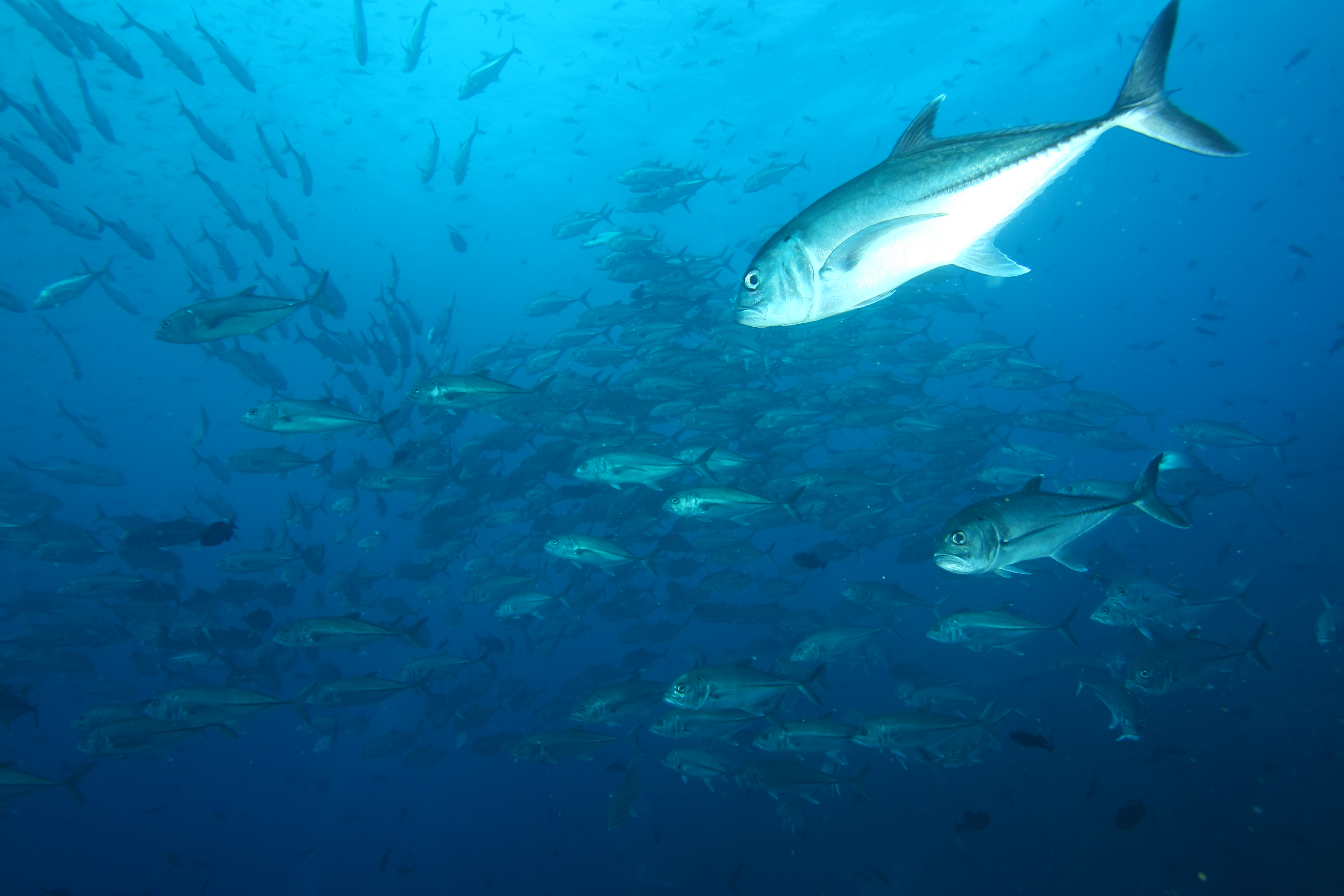
A Blue Sustainable Approach
Studying the feeding, breeding and migratory habits of the various species found within the Galapagos Marine Reserve is essential. The more information we gather, the better mechanisms we can develop for their conservation. Supervising and watching over this unique marine ecosystem is also crucial for its conservation, because illegal fishing is a major concern.
This is where the blue bonds funding becomes instrumental as they will do two important things. First, they will help educate people about climate change. Second, they will help with several conservation projects in the Galapagos Islands.
The conservation projects include research, monitoring and surveillance efforts in the marine reserve. Furthermore, they will create more employment opportunities and contribute to boosting the economy.
Another positive aspect of this deal is the global effort towards conservation. In January 2022, the Ecuadorian government signed a protective treaty of 60,000 sq km of ocean between Galapagos and Costa Rica. This encompasses approximately 30,000 sq km of an approved expansion of the Galapagos Marine Reserve’s boundaries. Making the marine reserve larger directly benefits endangered species like whales and sharks that use this “route” as a migratory pathway.
The new reserve was called “Hermandad”, which means “Brotherhood” as collaboration of other countries is needed to create local and international rules and policies that help with conservation.
Ecuador, as well as other countries play a vital role in conservation with this expansion of the marine reserve. It is imperative for all nations to come together in an effective collaborative approach. After all, we share the same “house” and the ocean is a connected marine ecosystem. By working together, we can collectively move towards the general well-being of everyone on our blue planet.
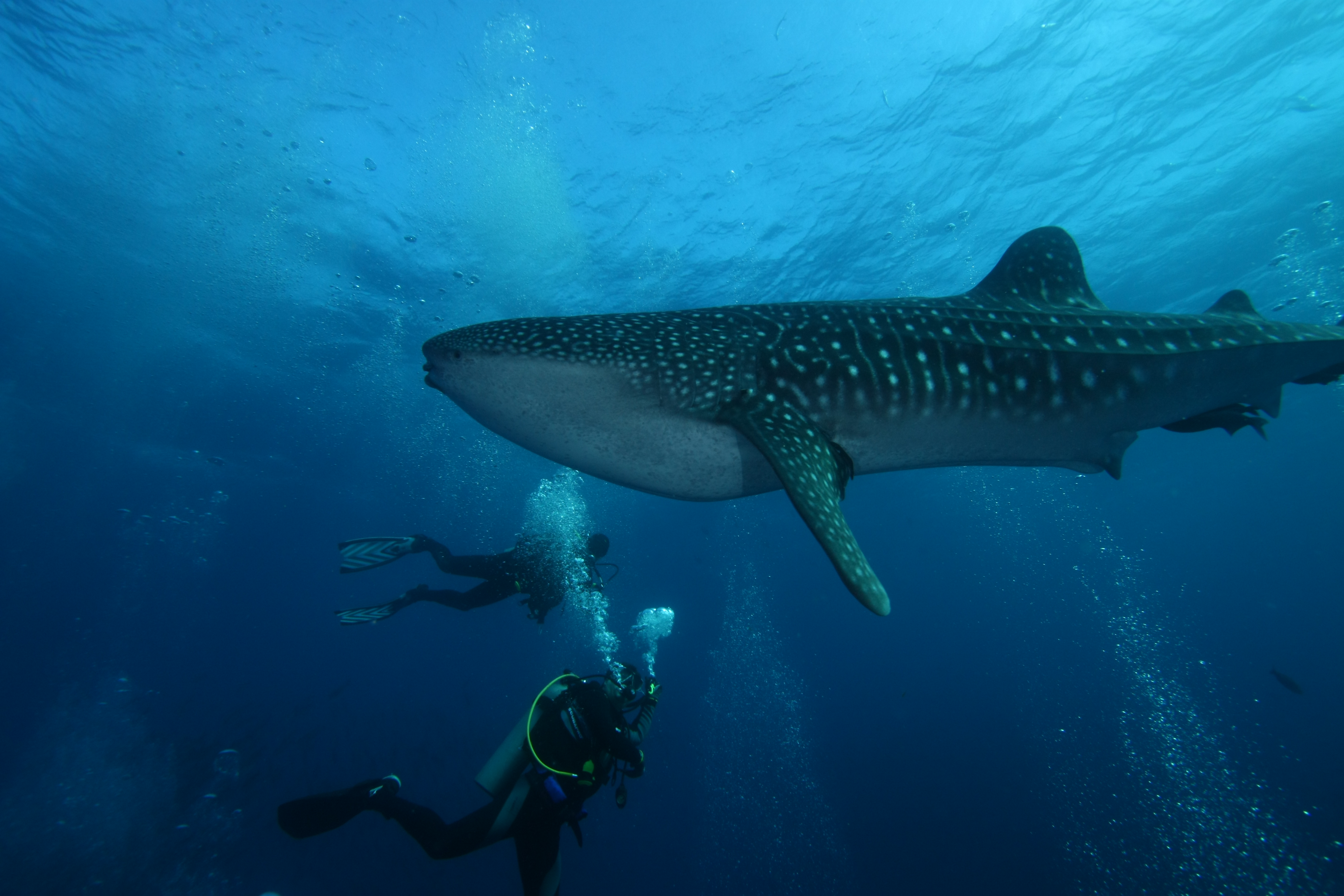
Looking Ahead: More Good News for Galapagos Islands Conservation!
Besides the 12 million dollars for conservation activities, about 5.4 million is set aside as a future provision. This means that even after Ecuador finishes paying back the loan, there will still be a considerable amount of funds available in assets and investments, and this money will be used to continue supporting conservation efforts for a long time into the future.
“If there is magic on this planet, it is contained in Water”
– Loren Eiseley
Magical, unique and enchanted are just a few of the words used to perfectly describe the Galapagos Islands. Even though they were formed by volcanic eruptions in a remote place, these islands are home to many endemic species of animals and plants. They are Ecuador’s first National Park, where Charles Darwin came up with his theory of evolution and they are a UNESCO World Natural Heritage Site. And now, the protagonist of one of the biggest “debt-for-nature” exchange deals.
This exceptional archipelago will surely exceed all your expectations and will never cease to be astonishing. Come and experience the magic firsthand -our team of Galapagos experts will guide you every step of the way.
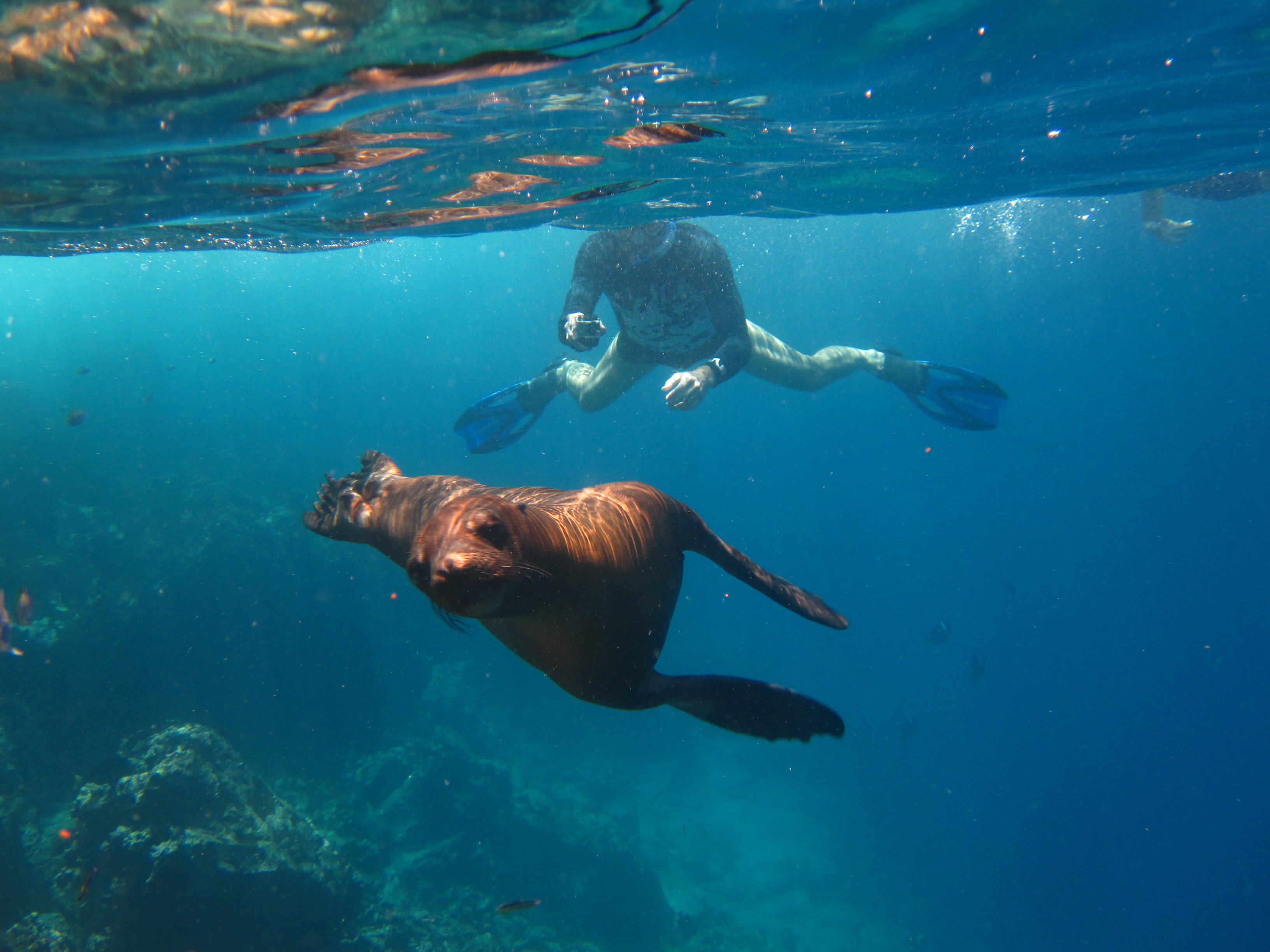
What can you do to help with Galapagos Conservation?
Whether you’re currently getting ready to pack your bags for your Galapagos trip or this dream journey is still in your future plans, there are several ways you can play a part in conserving this incredible destination.
Take Action & Get Involve
Small actions can make a big difference. For instance, consider using “ocean friendly” sun lotions and biodegradable toiletries. Another way to help is by inquiring about sustainable practices and carbon offset options with the airline, hotel, boat, or company you are using. Furthermore, you can significantly contribute to Galapagos conservation by making a donation to recognized local and international conservation institutions.
Last but not least, while you’re enjoying your Galapagos adventure, remember to follow the guidance of your naturalist and to follow the Galapagos National Park Rules. To learn more about travel regulations to Galapagos click here.
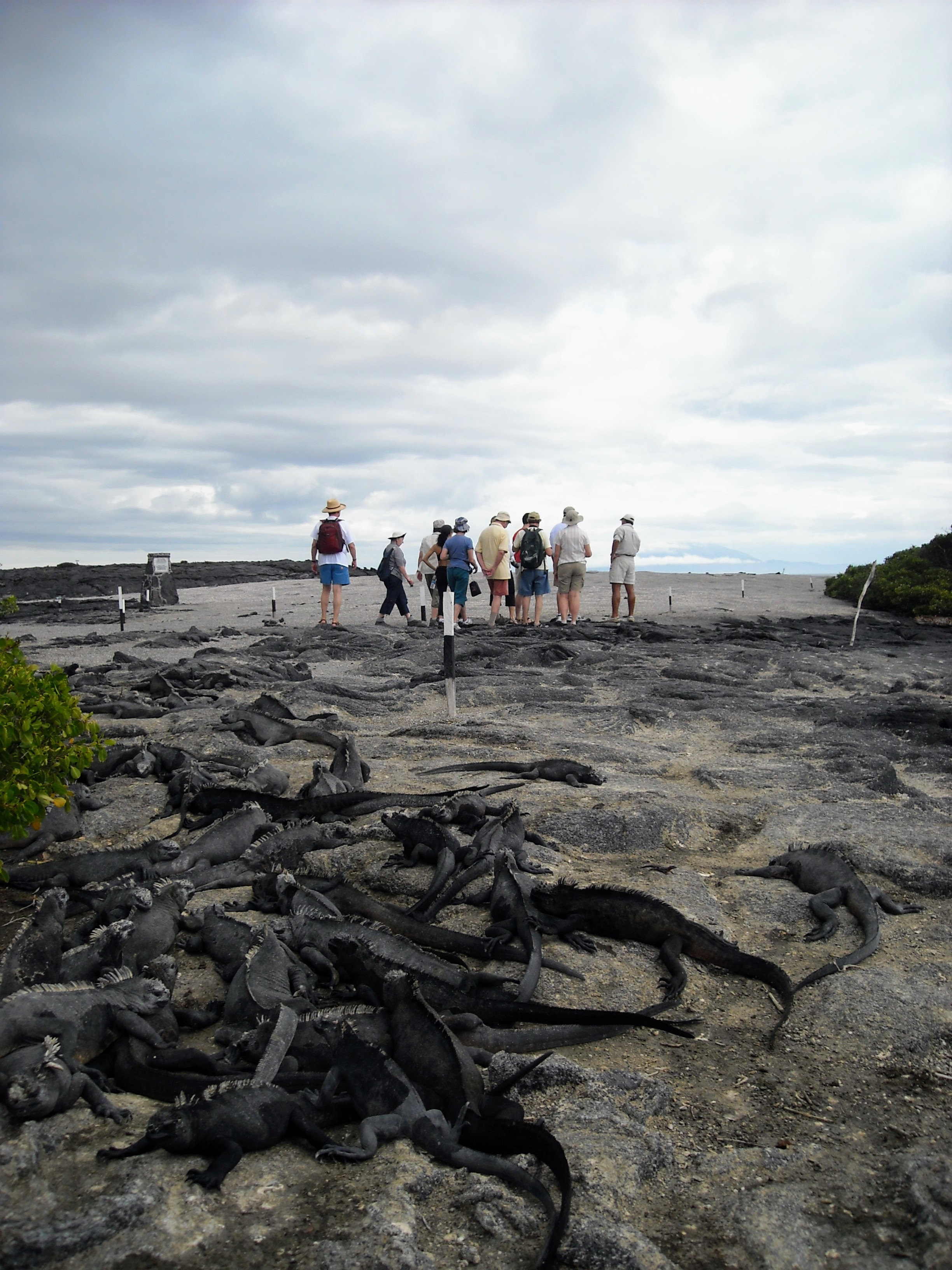
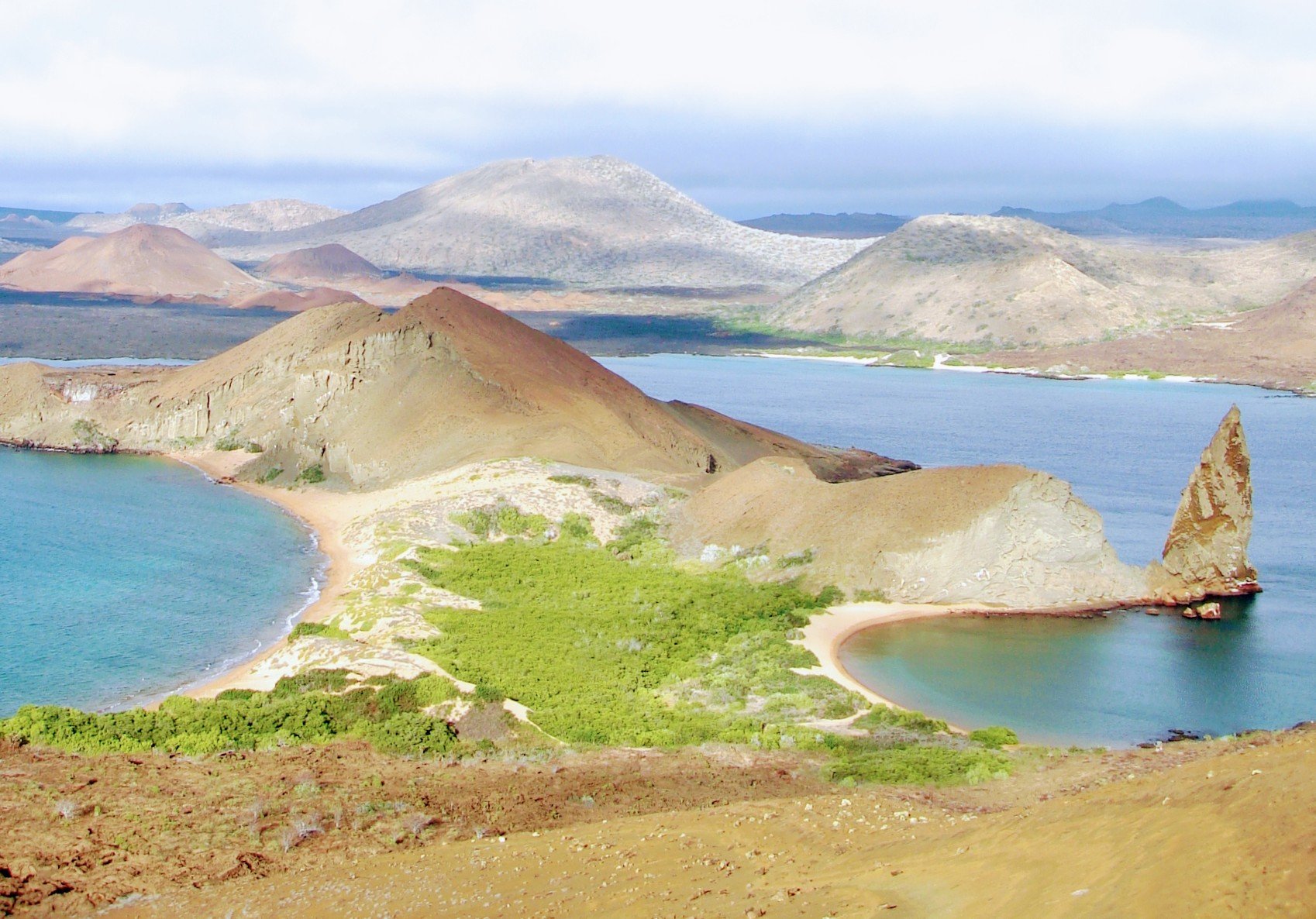




No Responses